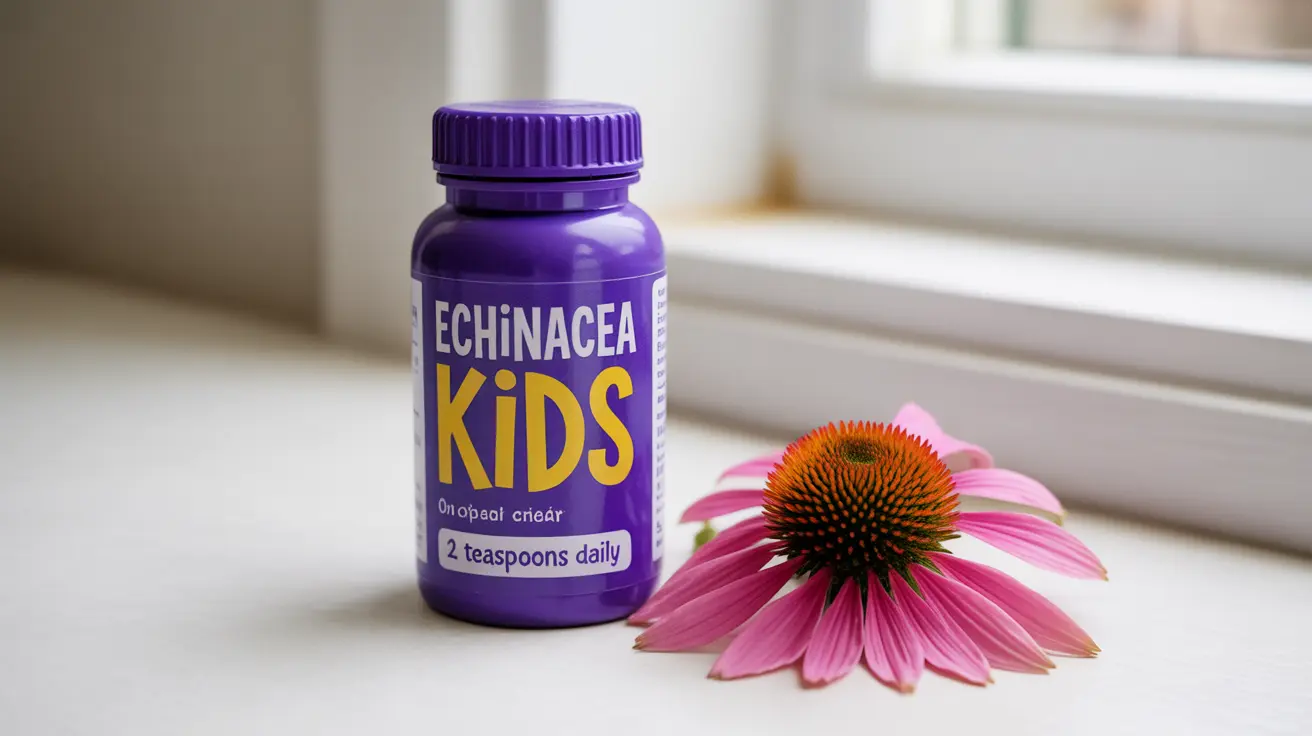As parents seek natural ways to support their children's immune systems, echinacea has gained attention as a potential supplement for kids. This comprehensive guide explores the safety, effectiveness, and proper usage of echinacea in children, helping parents make informed decisions about this herbal remedy.
Understanding Echinacea and Its Benefits
Echinacea is an herbal supplement derived from the purple coneflower plant, traditionally used to support immune function and help fight off common colds and infections. While many adults use this supplement, parents often have questions about its safety and effectiveness for children.
Safety Considerations for Children
Before introducing echinacea to your child's wellness routine, it's essential to understand several key safety factors:
- Age restrictions: Generally recommended for children 4 years and older
- Quality of supplements: Choose products specifically formulated for children
- Duration of use: Short-term use is typically recommended
- Form of supplement: Available as liquid drops, chewables, or tablets
Potential Benefits for Children's Health
Research suggests that echinacea may offer several benefits for children when used appropriately:
- May help reduce the duration of cold symptoms
- Could support overall immune system function
- Might decrease the frequency of respiratory infections
Proper Dosage Guidelines
Dosage recommendations vary based on the child's age and the specific product formulation. Always follow the manufacturer's instructions and consider these general guidelines:
Ages 4-6 Years
Start with the lowest recommended dose and monitor for any reactions. Typical liquid preparations may recommend 2.5-5 ml, up to twice daily.
Ages 7-12 Years
Slightly higher doses may be appropriate, but should still be lower than adult dosages. Always verify specific product recommendations.
Important Precautions and Side Effects
While echinacea is generally considered safe, parents should be aware of potential risks:
- Allergic reactions, especially in children with plant allergies
- Mild gastrointestinal upset
- Possible rash or skin irritation
- Risk of interactions with other medications
When to Avoid Echinacea
Some children should not take echinacea, including:
- Those with autoimmune conditions
- Children under 4 years old
- Those with known allergies to plants in the daisy family
- Children taking immunosuppressive medications
Frequently Asked Questions
Is echinacea safe for children to take, and what are the possible side effects?
Echinacea is generally safe for children over 4 years old when used as directed. Common side effects may include mild stomach upset, rash, or allergic reactions. Always start with a lower dose to monitor for adverse reactions.
Can echinacea help prevent or reduce the duration of colds in kids?
Some studies suggest that echinacea may help reduce cold duration and severity in children. However, research results are mixed, and its effectiveness can vary among individuals.
What is the recommended dosage of echinacea for children aged 4 to 12 years?
Dosage depends on the product form and concentration. Generally, children 4-6 years old should take half the adult dose, while those 7-12 may take up to two-thirds of the adult dose. Always follow product-specific instructions.
Could echinacea cause allergic reactions or rashes in children?
Yes, some children may experience allergic reactions or rashes, particularly those with sensitivities to plants in the daisy family. If any skin reactions occur, discontinue use and consult a healthcare provider.
Should I consult a healthcare provider before giving echinacea to my child?
Yes, it's important to consult with your child's healthcare provider before starting echinacea supplementation. They can evaluate your child's specific health needs and potential risks, ensuring safe and appropriate use.
Remember to always prioritize your child's safety and consult with healthcare professionals when introducing any new supplement to their routine.




